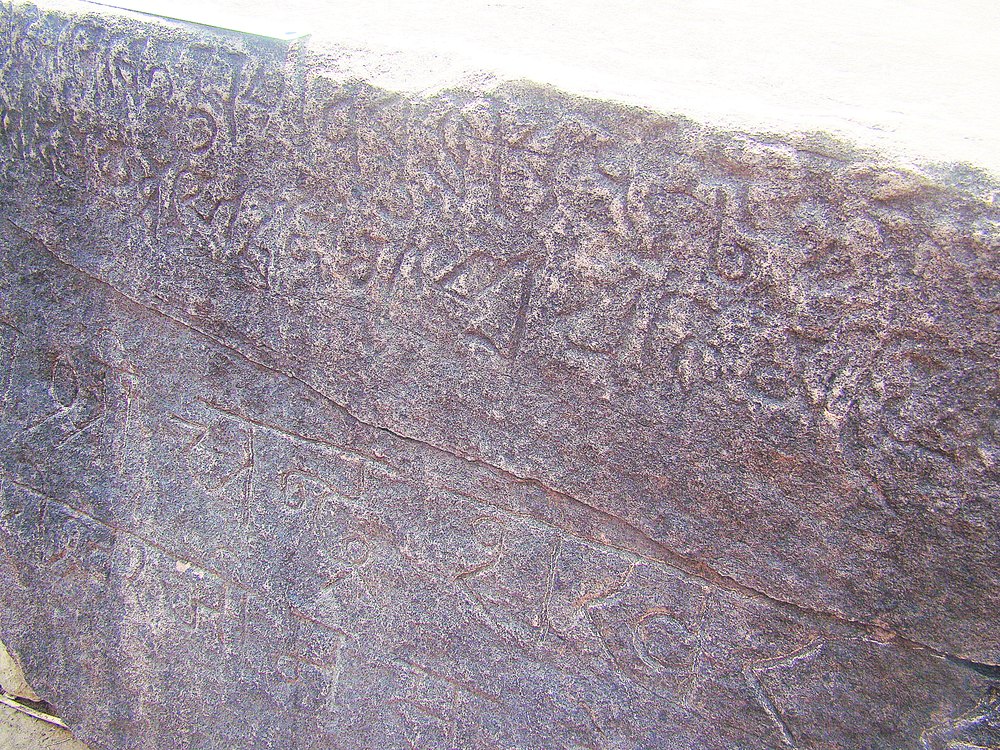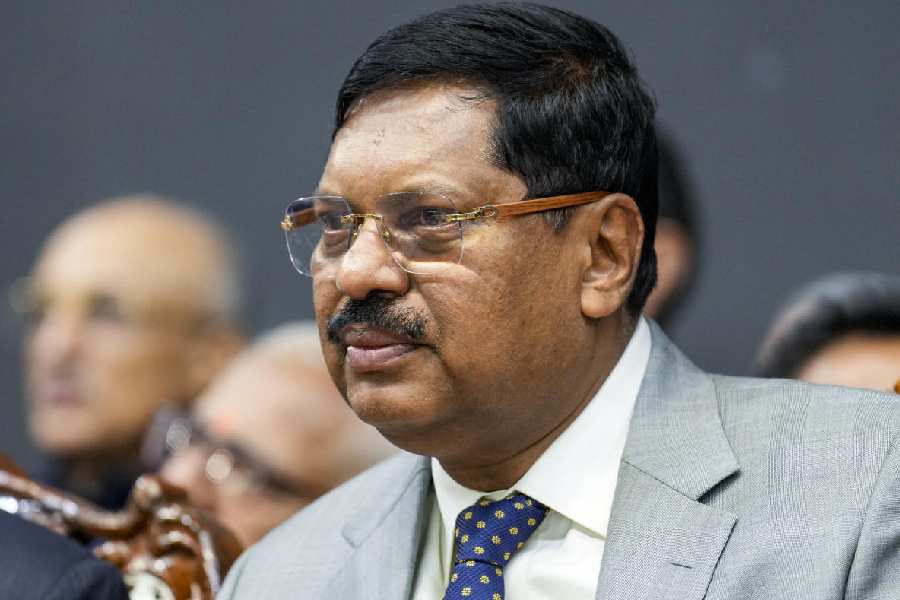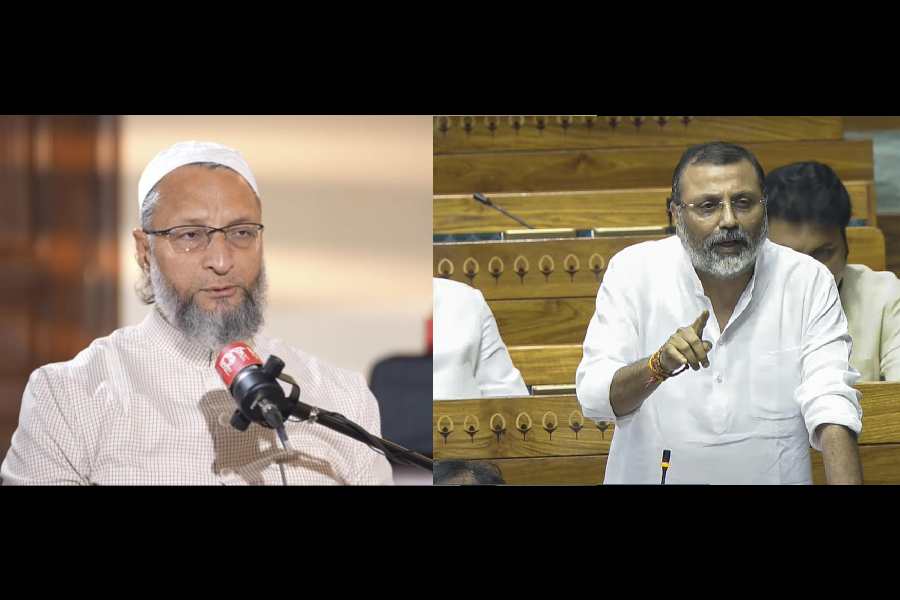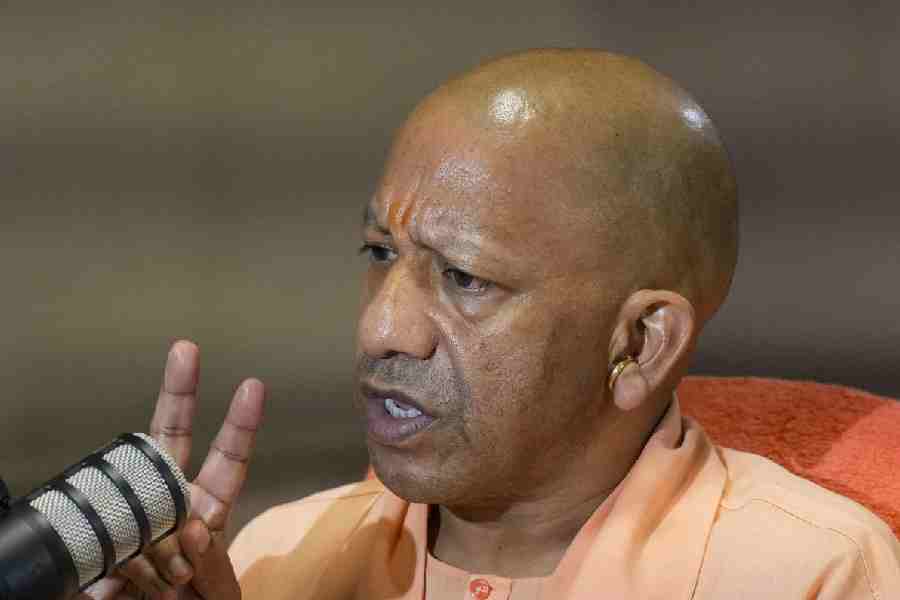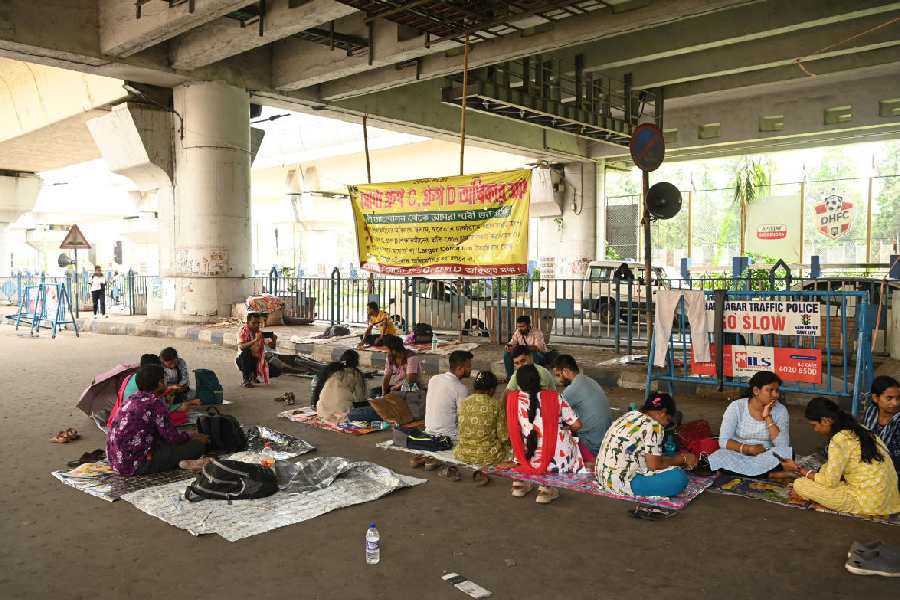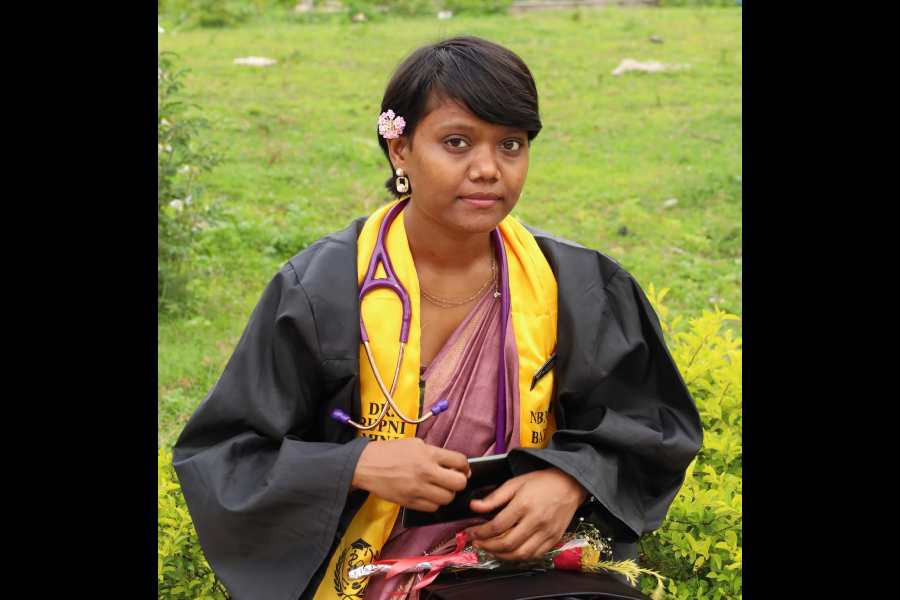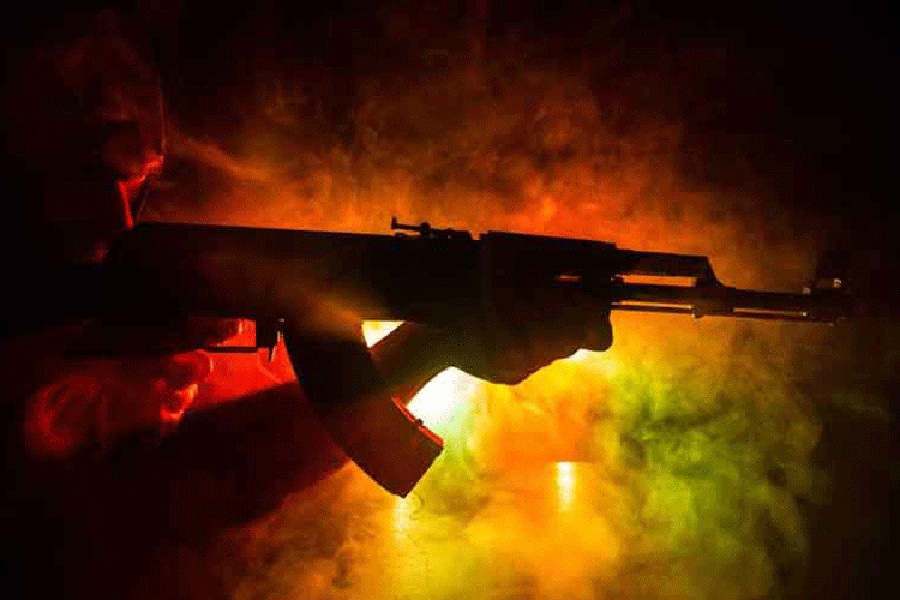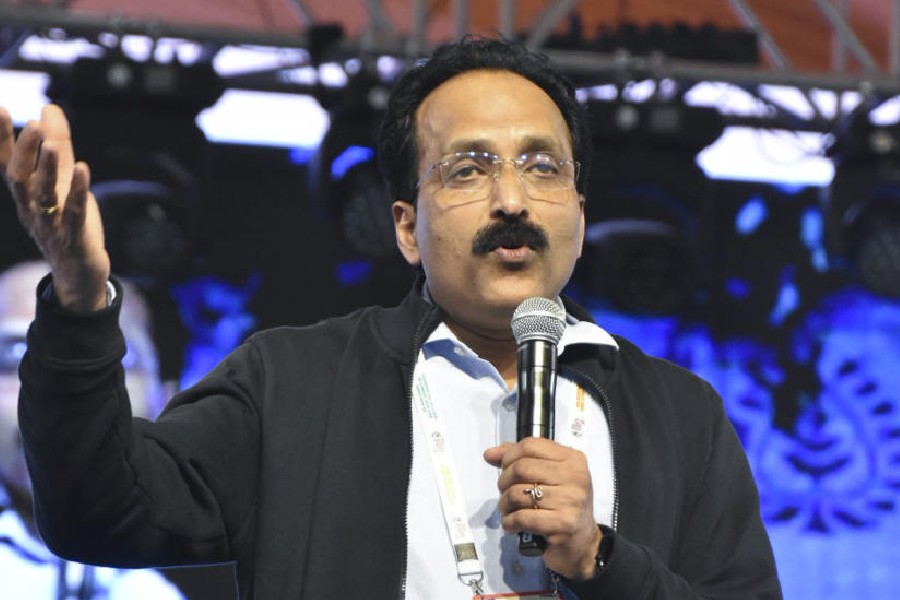
A team of archeologists, led by Harendra Prasad Sinha, has discovered a "rare" stone inscription dating back to the 4th century AD along Damodar river at Bhairavthan village in Chandankyari block of Bokaro district.
"Two lines are etched on a metre-long stone slab. The inscription is probably in the Brahmi script, which was used extensively in imperial edicts by Ashoka, the Mauryan emperor who ruled most of India, stretching from Hindu Kush mountains in the west to Bengal in the east between 269BC and 232BC. We shall soon get experts to decipher the writing," Sinha, a retired deputy director of archaeology in the state art and culture department, said.
According to the archaeologist, the stone inscription was a chance discovery. "Art and culture minister Amar Kumar Bauri had requested us to do an archaeological review of Chandankyari. The survey yielded a rich cache of Jain relics, along with shivalingams and statues of Kal Bhairava, all dating back to 10th to 12th century AD when the Pala dynasty ruled over what is present-day Bangladesh to Assam, Bengal and Odisha. While we were inspecting some temples near the banks of Damodar last month, this slab of stone caught my eye," Sinha said.
 Interestingly, the Pala kings were Buddhists. Thousands of Buddhist relics, dating back to 10th to 12th century AD, have already been found strewn all over Chatra, Palamau and Hazaribagh districts. The period was also marked by the decline of the Pala dynasty and the rise of Jainism.
Interestingly, the Pala kings were Buddhists. Thousands of Buddhist relics, dating back to 10th to 12th century AD, have already been found strewn all over Chatra, Palamau and Hazaribagh districts. The period was also marked by the decline of the Pala dynasty and the rise of Jainism.
"The stone inscription, stone statues of Jain Tirthankars and statues of Hindu deities found at Chandankyari; the Jain relics found at Parasnath in Giridih as well as in Chatra; and Buddhist remains and shivalingams in Chatra, Palamau and Hazaribagh districts are enough proof that present-day Jharkhand once saw the intellectual confluence of Buddhism, Jainism and Hinduism," he stressed.
Sinha retired as the deputy director of archaeology in 2011. Post-retirement, he was on contract with the state government till May 2013. He had been associated with unearthing remains of Nagvanshi rulers at Bero, Ranchi, and archaeological remains dating back to 12th century at Pithoria on Ranchi-Kanke-Patratu road among others.
Encouraged by the "rare find" at his home constituency of Chandankyari, minister Bauri said detailed archaeological mapping of all the 24 districts of the state would be conducted.
"History lies hidden in the 4th century stone inscription. The veteran archaeologist carried out the survey on May 31, when the temperature in Bokaro was above 44°C. Another exploration will be carried out in the region after the onset of the monsoon, when the daytime Celsius is more tolerable. If needed, excavations will also be done," Bauri said.

